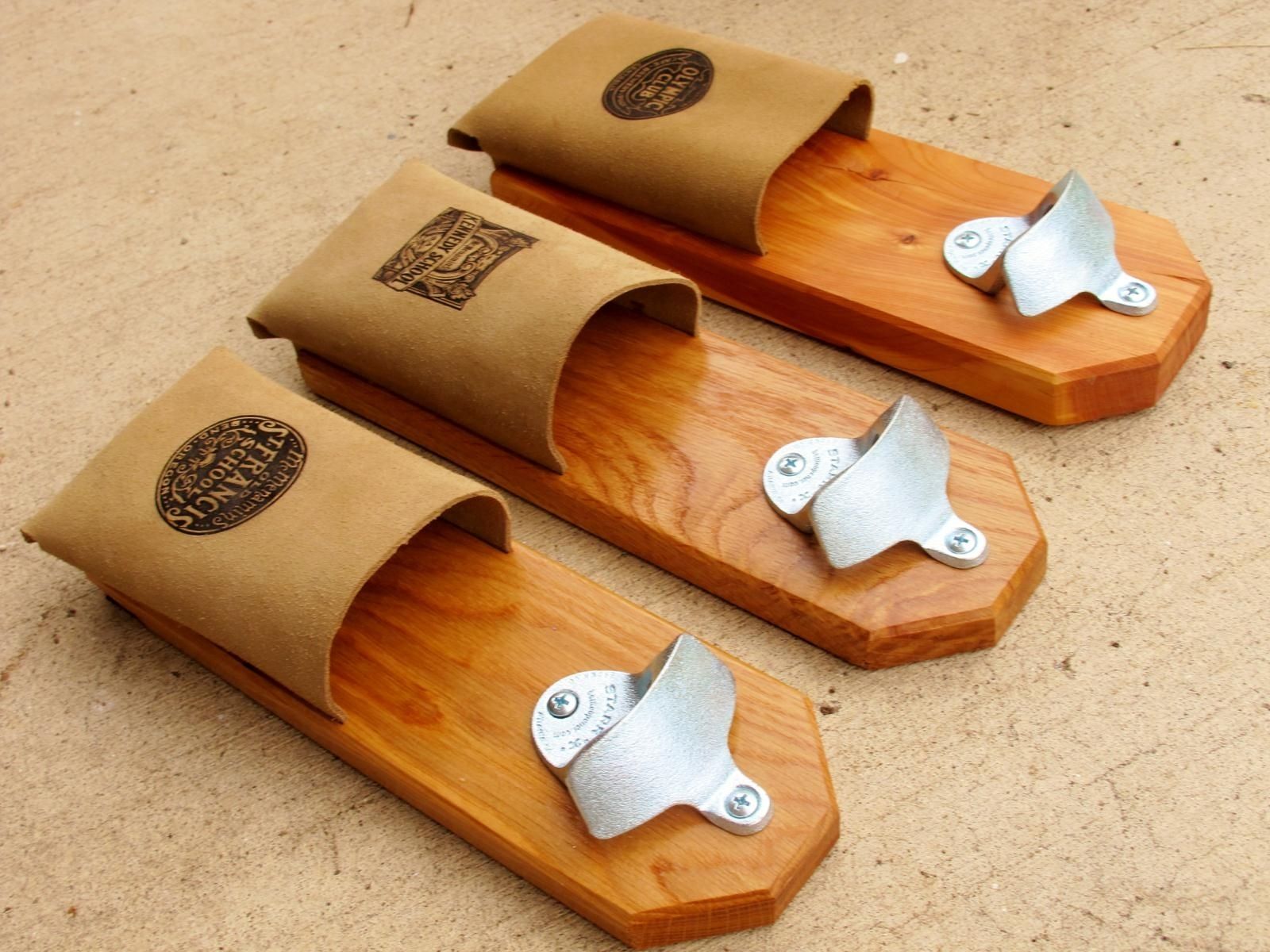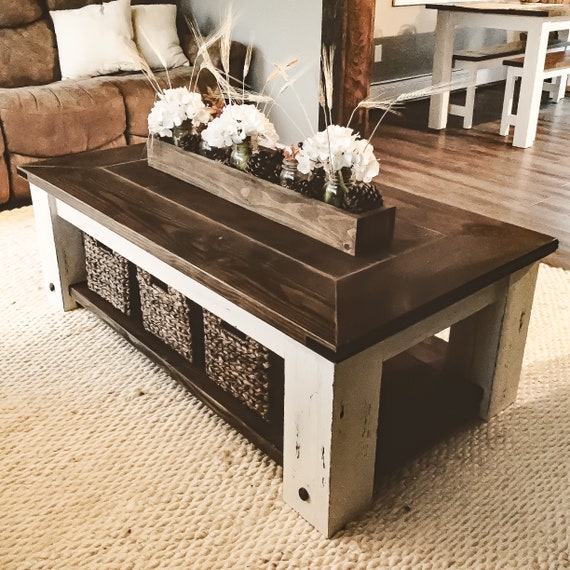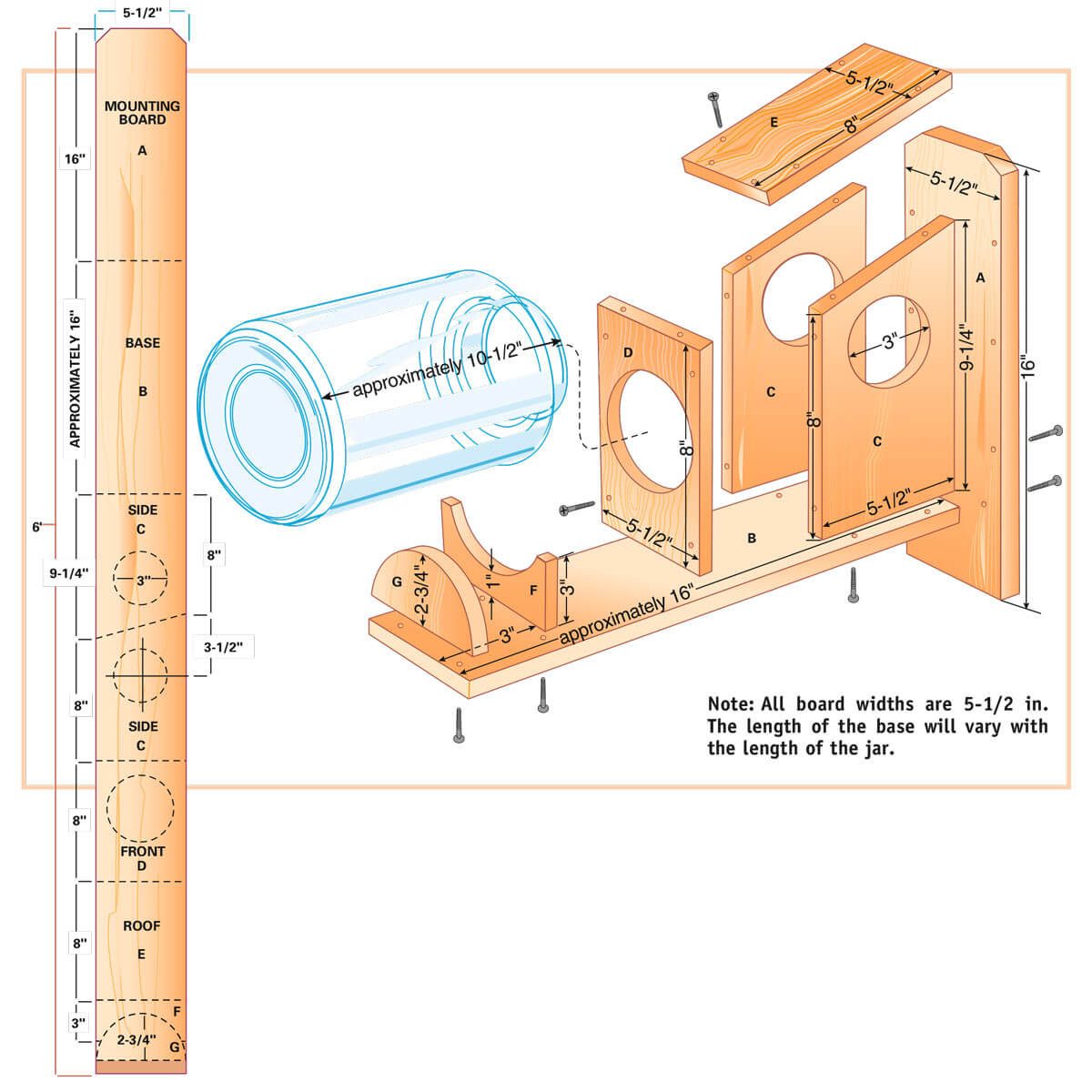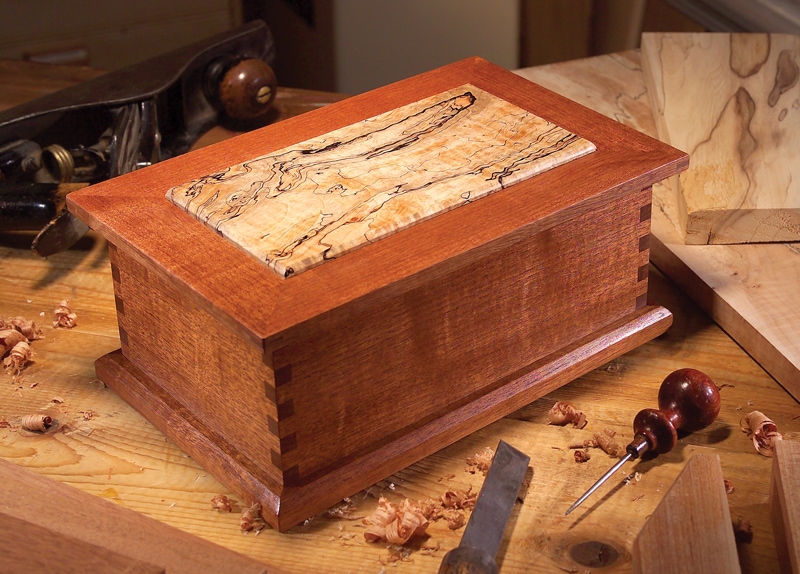
Outdoor Benches That Whisper "Minimalism"
You're a minimalist at heart. You love clean lines, simple forms, and spaces that feel serene and uncluttered. Your home reflects this aesthetic, so why not extend that same feeling to your outdoor space? Outdoor benches are a fantastic way to add seating and enhance the ambiance of your patio, deck, or garden, but not all benches scream "minimalist."
Today, we're diving into the world of outdoor benches that are specifically designed to appeal to your minimalist sensibilities. We'll explore benches that are:
- Simple and sleek, with no unnecessary embellishments.
- Made from natural materials like wood, metal, or stone, evoking a sense of connection to nature.
- Functionally designed for comfort and durability, with no frills.
Ready to find the perfect minimalist bench for your outdoor oasis? Let's get started!
Why Choose Minimalist Outdoor Benches?
Minimalism isn't just a design style; it's a philosophy. It's about focusing on what truly matters and letting go of excess. In the context of outdoor benches, this translates to:
- Visual Calm: Minimalist benches are designed to blend seamlessly with their surroundings, creating a sense of peace and tranquility. Their simple forms and clean lines don't compete for attention, allowing your garden's natural beauty to shine.
- Enhanced Functionality: Minimalist benches prioritize practicality. You won't find any unnecessary ornamentation or overly intricate designs that hinder their comfort or durability. They're built to stand the test of time, both in terms of their visual appeal and their functionality.
- Versatility: Minimalist benches are incredibly versatile. They can be incorporated into a variety of outdoor settings, from a modern patio to a rustic garden. Their clean design allows them to adapt to different styles and color palettes.
Materials That Sing Minimalism
Choosing the right materials for your minimalist bench is crucial. Here are some favorites that embody simplicity and elegance:
Wood: Warmth and Natural Beauty
Wood is a timeless material that exudes warmth and natural beauty. It can be left in its natural state to showcase its unique grain patterns, or stained or painted to complement your outdoor space. Choose hardwoods like teak, cedar, or ipe for exceptional durability and weather resistance. They'll age gracefully and develop a patina over time that adds to their character.
Metal: Modern Edge and Durability
Metal offers a sleek and modern aesthetic. Aluminum is lightweight, rust-resistant, and requires minimal maintenance. Steel can be powder-coated to achieve a variety of finishes, adding a touch of industrial chic. Metal benches often have a minimalist design, with clean lines and simple shapes.
Stone: Timeless Elegance and Solidity
Stone is a material that exudes elegance and solidity. It's perfect for creating a timeless, architectural feel in your outdoor space. Granite, slate, and limestone are popular choices for outdoor benches. They're durable, weather-resistant, and require minimal maintenance. However, stone benches can be quite heavy, so consider where you'll be placing them.
Popular Styles of Minimalist Outdoor Benches
There are several minimalist bench designs that are perfect for creating a serene and uncluttered outdoor space.
Straight Bench: Classic Simplicity
The straight bench is a classic minimalist design that offers simple, functional seating. It typically features a straight, rectangular frame with a flat seat and backrest. This design is incredibly versatile and can be easily incorporated into any outdoor setting.
Curved Bench: Gentle Flow and Elegance
A curved bench adds a touch of gentle flow and elegance to your outdoor space. The curved shape provides a more organic and inviting aesthetic. It's a perfect choice for creating a cozy nook in your garden or adding a touch of whimsy to your patio.
Modular Benches: Flexibility and Customization
Modular benches offer ultimate flexibility and customization. They consist of individual sections that can be arranged in different configurations to create a bench that fits your specific needs and space. You can add or remove sections as your needs evolve, making them ideal for growing families or changing layouts.
Tips for Incorporating Minimalist Benches into Your Outdoor Space
Here are some tips for incorporating minimalist benches into your outdoor space and creating a cohesive, minimalist vibe:
- Consider the Surrounding Landscape: The bench should complement the existing landscape, whether it's a lush garden, a minimalist patio, or a modern deck.
- Choose a Neutral Color Palette: Stick to neutral colors like white, gray, black, or natural wood tones. This will create a sense of calm and allow the bench to blend seamlessly with its surroundings.
- Add Minimalist Accessories: A few simple accessories can enhance the minimalist aesthetic of your outdoor space. Think natural fiber cushions, a simple planter with a single, striking plant, or a small sculpture.
- Keep it Clean and Uncluttered: Minimalism is all about decluttering and creating a sense of space. Avoid overcrowding the area around your bench. Keep the surrounding area tidy and free of clutter.
Frequently Asked Questions
Where can I find minimalist outdoor benches?
You can find minimalist outdoor benches at a variety of retailers, including online marketplaces like Amazon and Etsy, as well as home improvement stores and specialty furniture stores. Look for brands known for minimalist design or focus on outdoor furniture.
How do I care for my minimalist outdoor bench?
The best way to care for your minimalist outdoor bench is to follow the manufacturer's instructions. In general, wood benches may require occasional cleaning and sealing to protect them from the elements. Metal benches may need to be wiped down with a damp cloth, and stone benches may require minimal cleaning with soapy water.
What's the difference between minimalist and modern outdoor benches?
Minimalist outdoor benches are characterized by their simplicity, functionality, and clean lines. They often feature natural materials and a focus on form and function. Modern outdoor benches share some similarities, but they often have a more geometric and angular design, sometimes incorporating bold colors or unconventional materials.
With a minimalist outdoor bench, you're not just adding seating, you're adding a sense of tranquility, purpose, and timeless elegance to your outdoor space. It's a statement piece that reflects your values and creates an environment for relaxation and contemplation.













